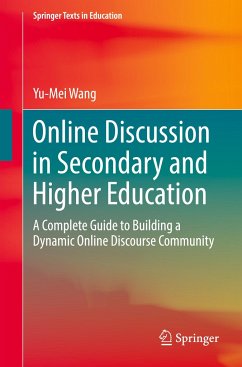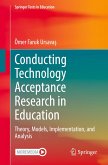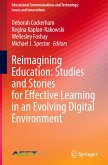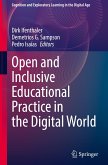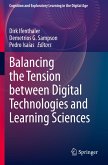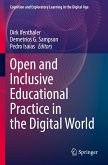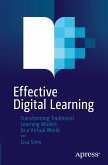This textbook covers the essentials for successfully conducting online discussions in various course delivery formats, such as online, face-to-face, and blended. Readers will learn how to design online discussions to cognitively engage students, build meaningful discourse communities to promote group dynamics, apply just-in-time facilitation strategies to deepen student learning and utilize robust assessment to ensure learning objectives are achieved.
Online discussion is the lifeline of online learning and it is a pedagogical imperative that instructors have requisite skills in leading online discussions if they are to teach online courses. Leading the online discussion is a huge task, involving a complex process and professionals must master a range of skills to successfully lead online discussion. This book takes a comprehensive and systematic approach to this topic and helps teachers to utilize online discussion to maximize student learning. It is full of ideas and strategies that can be applied immediately in various teaching contexts, and practitioners can replicate examples in teaching practices or mold the ideas and strategies to fit particular teaching contexts.
This textbook appeals to readers with knowledge and skills at various levels. Those who are new to online discussion will appreciate the step-by-step guidance, whereas readers with some experience can pick up skills they need. This flexibility contributes to the ultimate goal of the book - unleashing the potential of online discussion to benefit student academic learning.
Online discussion is the lifeline of online learning and it is a pedagogical imperative that instructors have requisite skills in leading online discussions if they are to teach online courses. Leading the online discussion is a huge task, involving a complex process and professionals must master a range of skills to successfully lead online discussion. This book takes a comprehensive and systematic approach to this topic and helps teachers to utilize online discussion to maximize student learning. It is full of ideas and strategies that can be applied immediately in various teaching contexts, and practitioners can replicate examples in teaching practices or mold the ideas and strategies to fit particular teaching contexts.
This textbook appeals to readers with knowledge and skills at various levels. Those who are new to online discussion will appreciate the step-by-step guidance, whereas readers with some experience can pick up skills they need. This flexibility contributes to the ultimate goal of the book - unleashing the potential of online discussion to benefit student academic learning.

